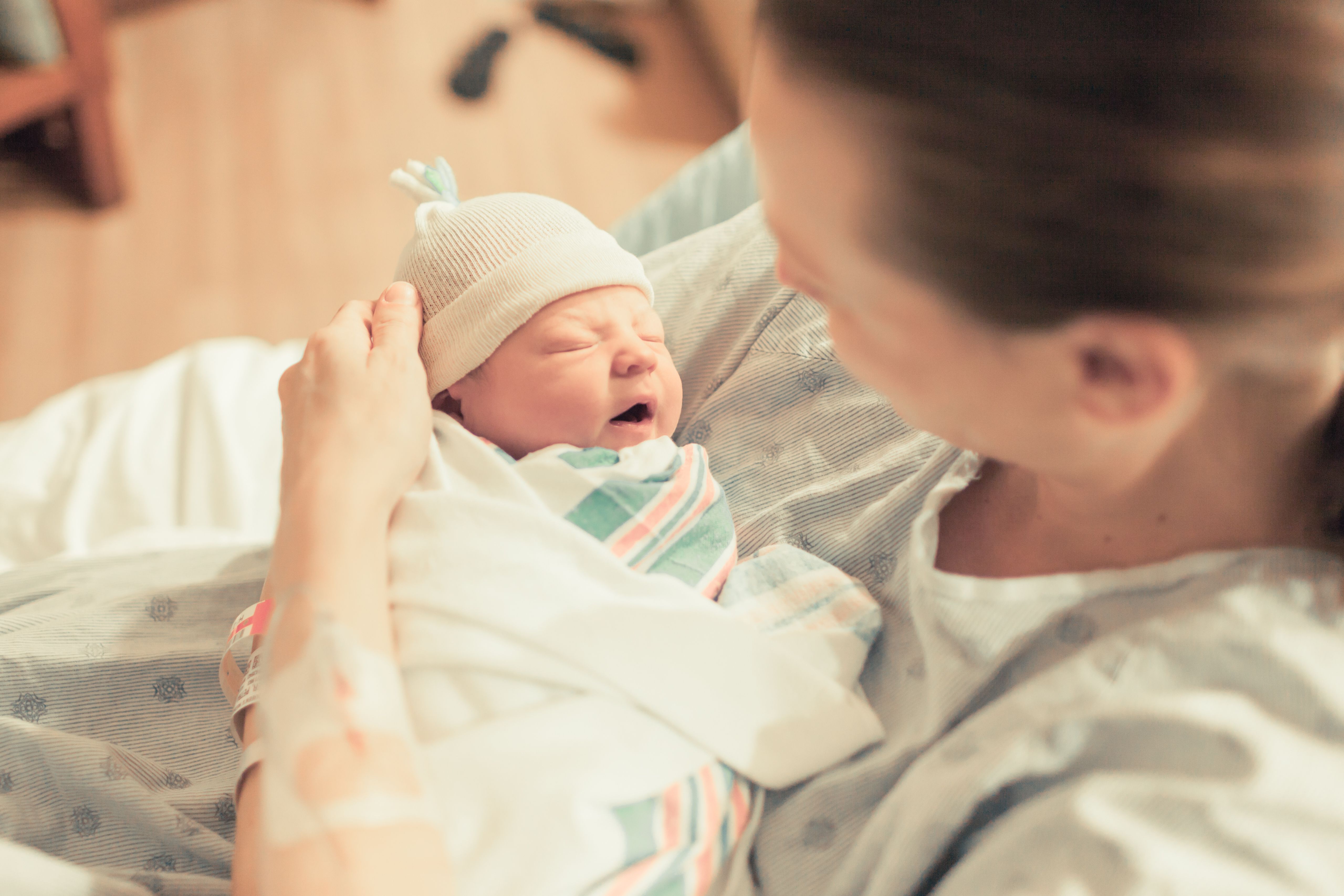Article
Study Findings Suggest Why Women Are More Likely to Experience Migraine
Author(s):
Women account for over 75% of Americans who experience migraines, which could be attributable to the way that estrogen levels affect cells in the brain, according to new study findings.
Women may be more susceptible to migraines and less responsive to migraine treatments due to the way that fluctuations in estrogen levels affect cells in the brain, according to new study findings.
More than 38 million people in the United States experience migraines, of whom over 75% are women. Women also experience migraines more frequently and severely and do not respond as well to treatments.
“Because women comprise over 75% of the migraineur population, female reproductive hormones, namely estrogen, are thought to play a crucial tole in this debilitating disease,” wrote the authors of the study. “Preclinical studies have demonstrated that estrogen increases susceptibility to an electrical phenomenon in the brain called cortical spreading depression, which is theorized to be associated with migraine with aura; however, its mechanism is unknown.”
The study is the first to assess the role of the sodium proton exchanger NHE1, which regulates the transport of protons and sodium ions across cell membranes. When there isn’t a high enough level of NHE1 or if there is a dysfunction, it can cause increased pain signaling, leading to a migraine. NHE1 issues can also affect the efficacy of migraine treatments, altering their ability to cross the blood-brain barrier.
Researcher examined both male and female rats, discovering that NHE1 expression levels were 4 times higher in the brains of male rats. In the female rats, higher estrogen levels corresponded with the lowest levels of NHE1 expression. There were no significant changes in NHE1 expression as testosterone levels varied, leading researchers to conclude that women are more susceptible to migraines because of their estrogen levels.
“Conducting research on the molecular mechanisms behind migraine is the first step in creating more targeted drugs to treat this condition, for men and women,” said Emily Galloway, undergraduate research assistant, department of pharmacology, University of Arizona, in a statement. “Knowledge gained from this work could lead to relief for millions of those who suffer from migraines and identify individuals who may have better response to specific therapies.”
Galloway presented the study findings during the 2018 Experimental Biology Meeting in San Diego, California.





